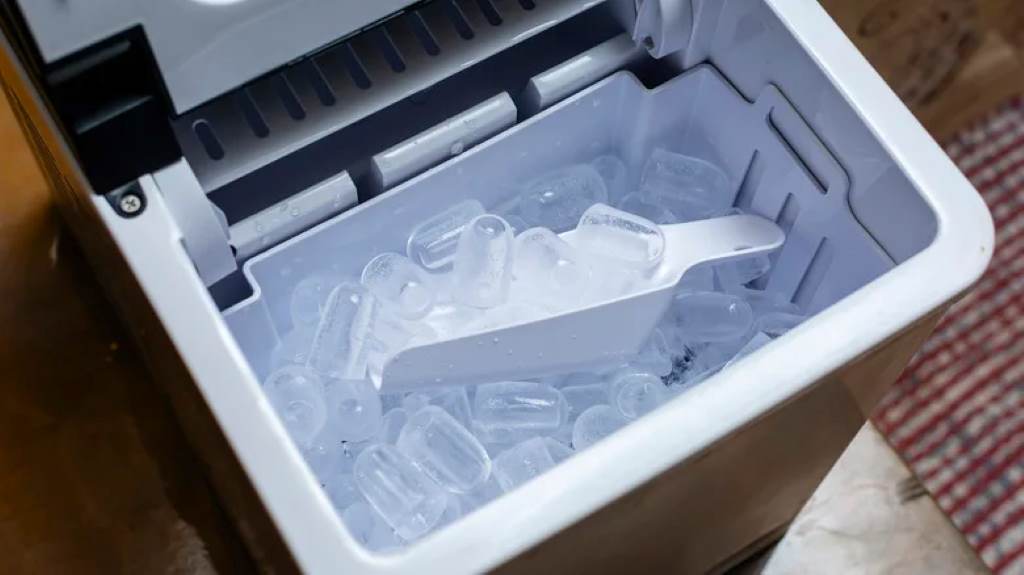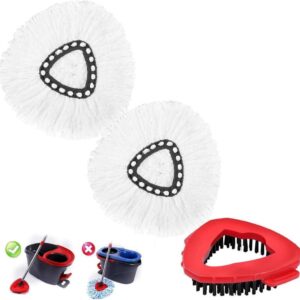
Is your Frigidaire ice maker making cloudy or bad-tasting ice? Dirt, mold, or mineral buildup could be the problem. Cleaning it regularly keeps ice fresh, safe, and your machine working well. This guide shows you how to clean your Frigidaire ice maker, whether it’s in a fridge or standalone. Follow these simple steps to get crystal-clear ice every time.
Why You Need to Clean Your Frigidaire Ice Maker
A dirty ice maker can cause:
- Mold or bacteria, which can make you sick.
- Mineral buildup that clogs the machine.
- Bad smells or tastes in your ice.
- Slow or low ice production.
Cleaning it often keeps your ice maker working longer and your ice safe.
How Often Should You Clean It?
- Monthly: Wipe the outside and check for dirt.
- Every 6 months: Deep clean the inside and water system.
- If you see problems: Clean if ice looks cloudy, smells bad, or forms slowly.
Step-by-Step Guide to Clean Your Frigidaire Ice Maker
What You Need
- White vinegar or food-grade citric acid
- Warm water
- Soft cloth or sponge
- Toothbrush for tough spots
- Baking soda (optional for smells)
Step 1: Turn Off & Empty the Ice Maker
- Find the power switch (usually on the side or front) and turn it off.
- Take out the ice bin and throw away any ice.
- Remove the ice tray if your model allows it.
Step 2: Clean the Ice Bin & Parts
- Wash the ice bin with warm water and mild dish soap.
- For stains or smells, soak in a mix of equal parts vinegar and water for 15 minutes.
- Rinse well and let it air-dry.
Step 3: Deep Clean the Inside
- Mix 2 cups warm water with 1 cup vinegar (or use a cleaner your manual recommends).
- Wipe all inside surfaces with a cloth or sponge dipped in the mix.
- Focus on the ice mold, water inlet, and chute.
- Scrub mineral buildup with a toothbrush and vinegar.
- Wipe with a damp cloth to remove vinegar.
Step 4: Clean the Water System (If Your Model Has It)
Some Frigidaire ice makers have a self-cleaning cycle:
- Fill the water tank with vinegar or a cleaning solution (check your manual).
- Run the cleaning cycle or let the solution sit for 30 minutes.
- Make 2-3 batches of ice and throw them out.
Step 5: Put It Back Together
- Reassemble all dry parts.
- Turn the ice maker on.
- Throw out the first few batches of ice.
Tips to Keep Your Ice Maker in Top Shape
- Use filtered water to avoid mineral buildup.
- Change the water filter every 6 months.
- Keep the freezer at 0°F (-18°C) for best ice.
- Check for leaks to stop mold or water damage.
Troubleshooting Frigidaire Ice Maker Problems
- Ice Maker Not Working?
- Check if it’s plugged in and turned on.
- Make sure the water line is connected.
- Reset by holding the power button for 10 seconds.
- Ice Tastes or Smells Bad?
- Run another cleaning cycle with vinegar.
- Replace an old or clogged water filter.
- Ice Maker Slow?
- Ensure the freezer is cold enough.
- Clean dusty condenser coils.
Read More:
- Replacing Your Window Crank Mechanism: What You Need to Know
- The Use Of Domestic and Commercial Trailers.
- Transform Your Outdoor Space with These DIY Balcony Bar Ideas
FAQs
Can I Use Bleach to Clean My Frigidaire Ice Maker?
No, bleach can harm parts and leave unsafe residue. Use vinegar or cleaners approved by the FDA.
How Do I Get Rid of Mold in My Ice Maker?
Scrub with a 1:1 vinegar-water mix using a soft brush. For bad mold, try a 3% hydrogen peroxide spray.
Why Is My Ice Maker Leaking?
A clogged drain hose, bad water inlet valve, or loose parts could cause leaks. Check for blockages and ensure parts are aligned.
Final Thoughts
Cleaning your Frigidaire ice maker keeps ice fresh and prevents breakdowns. Follow these steps for clear, tasty ice and a long-lasting machine. Got a tough problem? Comment below or call a professional for help!
📌 Love this guide? Share it or save it for later!






